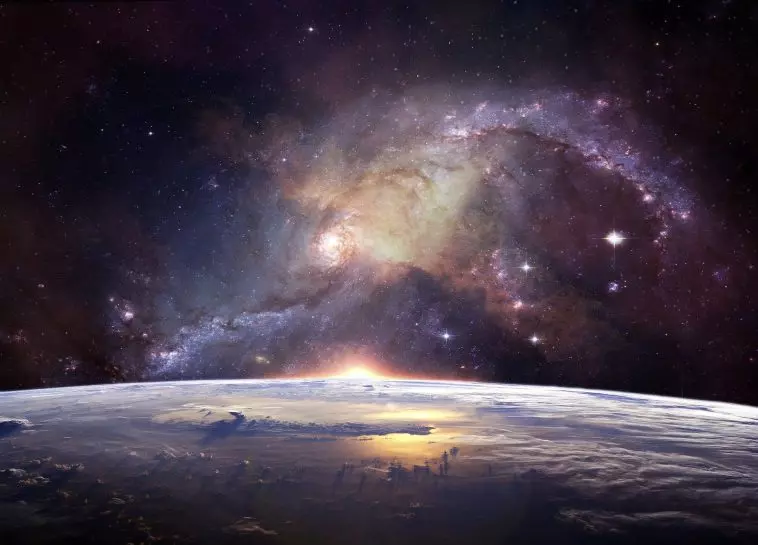Sparticles and Particles, Where are You?
According to current theory, our universe started with a Big Bang about 13.8 billion years ago.
When it happened, equal amounts of matter and antimatter should have been produced. Ordinary matter is made of
- negatively charged electrons,
- positively charged protons, and
- neutrons with no charge.
Antimatter is the opposite:
- positrons have a positive charge,
- antiprotons a negative charge, and
- neutrons no charge.
When matter and antimatter collide, the result is the annihilation of both, with the emission of gamma rays.
So after the claimed 13.8 billion year life of the universe, it should all be gone—we shouldn’t exist, unless some pockets of antimatter are still around that haven’t yet collided with us.
But no significant areas of antimatter within 20 megaparsecs (about 3.26 light-years, or 19.2 trillion miles) of earth have been detected. Nor have we detected any bursts of gamma radiation where antimatter intersects with ordinary matter. Big Bang theorists assume that “somehow” the explosion produced more matter than antimatter, and the rest annihilated each other.
Another problem for cosmologists is how to explain the motions of stars and galaxies, which don’t seem to follow Newton’s law of gravitation.
Also, it appears that the expansion of the universe is accelerating, contrary to what would be expected due to the force of gravity if the universe is made up of ordinary matter.
To fit these observations, cosmologists assume there must be some kind of invisible matter out there, called “dark matter,” which makes up about 80% of the universe. This hypothetical matter is “dark” because it doesn’t interact with other particles, and doesn’t emit any kind of radiation—that is to say, it is undetectable.
Theoreticians have proposed that dark matter may be made up of “superpartners,” aka “sparticles,” or perhaps axions, WIMPs (weakly interacting massive particles), and neutrinos. Except for neutrinos, these are all hypothetical particles.
Additionally, in order to satisfy the equations of relativity, another assumption must be made, which is called the Copernican principle. This states that the universe has no edge and no center, which means that earth has no special place in the universe.
However, if the universe is assumed to have an edge and a center, the equations of the standard model work without having to invoke dark matter. But this is unacceptable to evolutionist astronomers.
Edwin Hubble, the astronomer after whom Hubble’s Law is named, added a term to one of his equations “to escape the horror of a unique position” of earth in the universe. In other words, he was loathe to even consider the possibility that there might be a God!
Many Christians accept the notion of a Big Bang because at first glance it seems to line up with Scripture. They figure that God used the Big Bang to begin the process of creation, perhaps not realizing the problems with the theory, plus the fact that the process of creation would’ve taken billions of years, directly contradicting the Genesis account of 6 literal days of creation.
Although some creationists accept that dark matter may exist, evolutionists see it as a way to prop up Big Bang theory and avoid admitting a divine Creator.
Evolutionary theory is very plastic—it can be molded to fit almost any observation. Evolutionists hang onto the Big Bang model because no better naturalistic theory that doesn’t require a Creator has come along. However, without the Creator God, they’re grasping at straws to make their theories work. Every “patch” that attempts to account for new observations just brings up more problems.
Their biggest problem may be when they come face to face with their Creator!







